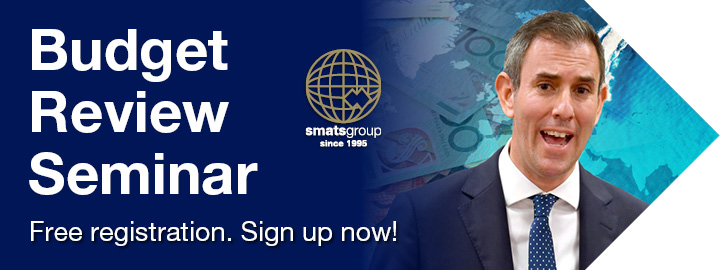What I Learnt From Buffett, Einstein, McDonalds And Walmart
Warren Buffett himself refers to compound growth as his secret weapon. It's very simple; buy real estate, use it to generate an income that pays the costs and then when it goes up, buy more. That's compound growth.
I started in real estate in the 1980’s. I grew up in Melbourne but went to boarding school in the very cold town of Ballarat in the 1970’s. When I left school as a 16 year old my first priority was to thaw out so I hitchhiked to the Gold Coast. It was the first time I had ever been out of Victoria.
I arrived on the Gold Coast in January 1980 and couldn’t believe it was true that girls in bikinis were walking down Cavill Avenue. This was unheard of in Melbourne and unthinkable in Ballarat!
I started working in real estate as a 17 year old and have to say I was lucky. My bosses turned mentors (then eventually partners) were Jewish property moguls who taught me my most important disciplines; there is only truth in numbers and success is repetition.
When they taught me the truth in numbers, they focused on the difference between compound and simple. Warren Buffett himself refers to compound as his secret weapon. More importantly from a real estate perspective, they taught me that; land appreciates, buildings depreciate. They told me it’s very simple; buy real estate, use it to get some income that pays the costs (small house) and then when it goes up, buy more. That’s compound growth.
In fact, that’s the same template two of the greatest real estate companies in the world use; McDonalds and Walmart.
Both companies initially bought their own real estate in the outer areas. Sam Walton, founder of Walmart famously said we buy our real estate in the outer areas and the population comes to us. McDonalds have done the same, particularly in Australia.
I remember a McDonalds opening near where I grew up in the early 1970’s in Moorabbin. At the time it seemed way out of the city. I caught up with Peter Ritchie who founded McDonalds in Australia and asked him how much they paid for that 2,000 m2 site. He scratched his head and said he thinks it was less than $5,000 or $2.50 per m2. At the time the median house price in the area was about $11,000 being on the outskirts of Melbourne back then.
Today the land alone that McDonalds sits on would conservatively be worth $4,000 per m2. So it’s increased 1,600 times (the median house price in Melbourne has increased 62 times from $13,400 in 1971). McDonalds have done this 36,000 times and this is why they are one of the largest and most successful real estate companies in the world.
So what can we learn from McDonalds and Walmart?
- Buy land in high growth areas
- Ensure the improvements on the land are cash flow positive
- As the land grows in value use it to buy more
Craig, a great client of mine and banker, who works for one of Australia’s top 4 banks, has done exactly that. He bought his first investment property in Aspley Brisbane in 2002 for $284,000. He bought it with just 10% deposit and was cash flow positive after tax. The property grew by $100,000 in 18 months and he used the equity to buy three more; one in WA and two in SEQ. He now has used the same model to duplicate into 12 properties across four states. More importantly, he is cash flow positive and still gets a tax deduction.
The real kicker is that Craig controls a land bank of 6,100m2 and 10 of the properties are in councils that allow subdivision or dual occupancy. When he retires in 10+ years he can build auxiliary dwellings to give him a passive income. Oh, and those first few properties are showing him a 13% return on his initial purchase price with rental increases.
Craig’s portfolio value today is $6m and grew last year by $329,000.
Warren Buffett credits his success to compound growth. Craig started with just $30,000 and turned it into $3m growing by $300,000 per annum.
That’s why Einstein called compound growth the 8th wonder of the world.






















